BY ERIKA THULIN DAWES & XENIA HADJIOANNOU, ON BEHALF OF THE BIOGRAPHY CLEARINGHOUSE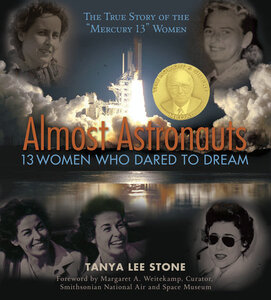 On January 20, 2021, we witnessed the swearing in of the first woman vice president of the United States of America. The oath of office was administered by Justice Sonia Sotomayor, the first Latina member of the court. This celebratory moment stood both as a joyous milestone marking just ‘how far’ women have come and was at the same time a stark reminder of persistent gender inequities in our society. The COVID-19 Pandemic has highlighted continued disparities as women have dropped out of the workforce at far higher numbers than their male counterparts, likely due to disproportionate responsibilities of child care and housework (Bateman & Ross, 2020). As we continue to work toward greater equality for women, here in the United States and globally, it is critical to share with young people the stories of women across history who have worked toward breaking boundaries for themselves and for other women. Tanya Lee Stone’s Almost Astronauts, 13 Women Who Dared to Dream is an important narrative in that history. Stone relates the story of women’s eventual entry to NASA’s space program by focusing on the stories of 13 women who dreamed of being astronauts and proved themselves through a private testing program in the early 1960s to be just as capable as their male counterparts. Almost Astronauts is a history text that is highly biographical. It features life stories, but it is not a traditionally organized biography of a single individual or a collection of biographies. To shape the historical narrative, Stone employs several biographer techniques such as well researched and documented character sketches, biographical blurbs, and narrative episodes. The latter are of particular note, as Stone’s vivid descriptions place the reader in the moment with these women as they pursue their dreams. The book is replete with photographs, as well as reproductions and descriptions of primary source documents and artifacts that support and enhance the narrated events but also help establish their historical context. With a compelling narrative, engaging life stories, and immersive description, Almost Astronauts is a versatile teaching tool for middle and high school classrooms. It fits well in units on space exploration, women’s history, boundary breaking, gender stereotyping, and narrative writing. In our entry on The Biography Clearinghouse, we use the Investigate, Explore, and Create Model to present ideas for using this book in the classroom as a read aloud, a text to use in literature circles, a mentor text, and a resource text.
Below we feature one of two time-gradated teaching recommendations included in the Create section of our Almost Astronauts Book Entry. Composing Multimodal Multigenre Biographies When researching the Mercury 13, Tanya Lee Stone used an array of multimodal primary and secondary sources, which are listed at the back of the book. The book itself includes many photographs, descriptions of images and events, and transcripts of interactions that reproduce or explicitly reference those sources. In our entry on Almost Astronauts at The Biography Clearinghouse you will find a curated list of multimodal resources to open up the world of the book for classroom communities and support an immersive, multimodal engagement with it. In this recommendation, students have the opportunity to engage in their own biography research and experiment with biography composition through a multimodal, multigenre approach.
ReferencesBateman, N., & Ross, M. (2020, October 14). Why has COVID-19 been especially harmful for working women? Brookings Institute Essays. https://www.brookings.edu/essay/why-has-covid-19-been-especially-harmful-for-working-women/ Harper, L. (1997). The writer’s toolbox: Five tools for active revision instruction. Language Arts, 74(3), 193–200. Erika Thulin Dawes is a Professor of Language and Literacy at Lesley University where she teaches courses in children’s literature and early childhood literacy. She blogs about teaching with children’s literature at The Classroom Bookshelf, a School Library Journal blog, and is a former chair of NCTE’s Charlotte Huck Award for Outstanding Fiction for Children. Xenia Hadjioannou is an Associate Professor of Language and Literacy Education at the Harrisburg campus of Penn State University where she teaches and works with pre- and in-service teachers through various courses in language and literacy methodology. She is the co-director of the Capital Area Writing Project, the Vice President and Website Manager of the Children's Literature Assembly, and a co-editor of The CLA Blog. (Re)Connecting & Staying Connected: Sharing Our Lives Through Family Stories & Oral Storytelling5/21/2020
BY SELENA E. VAN HORN
Some of the most beautiful stories will not come from books but from the voices of our families and communities. Oral storytelling and oral histories are passed from generation to generation, told during times of struggle and celebration. Many of our cultural, linguistic, religious, and community identities are shared through these stories. Below are a few picturebooks where authors have shared the crafts and values of oral storytelling.
Connecting with Picturebooks
Recording and Transcribing Oral Stories
After sharing the above mentor texts on oral storytelling/histories, teachers can invite young storytellers to engage in their own oral history/storytelling projects. Some examples might include:
Oral histories/stories can be recorded and transcribed for multiple listening/reading opportunities. They can be shared with their teacher/class and shared with family/community as a treasure. Students might also consider starting their own podcast and/or oral journaling. Below are a few tools that offer free recording and transcription. Zoom for Education
Zoom is removing the 40 minute time limit on their Basic Free Account for K-12 schools affected by the COVID-19. This includes the ability to record and transcribe zoom sessions with lessons to allow students to learn how at their own pace.
Otter.ai
The Basic, free account syncs with Zoom cloud recordings and allows up to 600 minutes (recording and transcription) for free (max. 40 min. sessions) each month.
Voice Memo App by Apple
This free app for iPhone, iPad, iPod Touch, or Mac allows you to record, edit, and share recordings; however, it does not offer transcription capabilities.
Recording oral stories can be a documentation of a moment in time and/or an on-going form of reflection and connection. For teachers and parents interested in oral stories, check out the StoryCorps Podcast.
Selena E. Van Horn is a CLA/IDE Committee Member.
BY SYLVIA VARDELL
Even though National Poetry Month (April) is over, it’s always a good time to share a poem. In fact, during this time of quarantine and online learning, I’m finding that reading a poem is just enough text for my distracted brain to handle. Plus, it gives me something to mull over and revisit, if I want to. So, if you’re looking for short text that is rich and meaningful to digest in small chunks of time—try poetry. Here are online resources that make it easy to dip into poetry and see what you think.
Poems on Pinterest
For several years now, I’ve been collaborating with poet and author Janet Wong in creating poetry anthologies for kids and teachers that feature new poems, plus teaching strategies for each of the poems. We’ve created a dozen books and have worked at developing free online resources for teaching and learning. One of my favorite tools is Pinterest because it’s so visual and easy to browse. You can find more than 300+ of our digital poem “postcards” on Pinterest organized in a variety of categories at the Pomelo Books Boards.
You can find poems of comfort, about science topics, for special celebrations, poems about animals, even poems in Spanish and “bare” poems to use as a springboard for drawing or writing activities. We love taking poems from our anthologies (with poet permission) and then creating these “digital postcards” with color, font, and images to help make the poem engaging and understandable for young people. Here are three examples that I created especially for Star Wars Day, May 4 (since I am a HUGE Star Wars fan):
And if you keep looking around Pinterest, you can find many more ideas for teaching poetry with strategies, booklists, games, cards, and more. Plus, you can create and share resources of your own and post them on Pinterest as can your students and colleagues.
|
|
The Academy of American Poets
This site offers sample poems, poet biographies, audio archives, National Poetry Month celebrations, curriculum resources, teacher discussion forums, teaching tips, and more
The Library of Congress Poetry and Literature Center
This site may interest older children who are interested in learning about the poet laureates of the United States, national prizes in poetry, special poetry events, and audio archives.
Poetry Foundation Children's Page
The Poetry Foundation maintains hundreds of poems (even accessible by cell phone) including a large library of poems for young people along with interesting articles and features. |
The Poetry Minute
Here you’ll find poems for every day of the whole school year written by some of the best contemporary poets writing for young people. All can be shared in just a minute, making it easy to read aloud at school, in the library, or at home.
Favorite Poem Project
This site features Poet Laureate Robert Pinsky’s project to have average citizens audiotape their favorite poems. |
Conclusion
|
Sylvia Vardell is Professor at Texas Woman's University and author of the blog Poetry for Children. She is a former CLA President.
sylviavardell.com |
BY MARY LEE HAHN AND FRANKI SIBBERSON
| Read aloud is the cornerstone of our literacy workshop. First and foremost, we use our read alouds to create and build a community of readers, but as we read, our conversations model the mind of the solitary reader. We gasp in surprise together, we stop at a cliffhanger and make predictions, we notice a small detail that we think will be important and jot a note to track what the author does with it, just like we want our students to do in their independent reading. Our read alouds are also models of good writing. We study how the author creates mood, manages the pacing, uses rich language, and structures the entire text (chapter book, picture book, information article, poem) to inform the ways we will write in the writing workshop. What, then, will read aloud look like in our digital classrooms? |
BOOK CHOICE
The premise of The Last Human is that the robots have killed off the human race because it was wrecking the planet. Spoiler alert in the title and the image on the cover of the book -- they didn’t get us all. In our very last read aloud together, one of my students wondered aloud if robots caused the coronavirus and were trying to kill us all off. I assured them that the coronavirus comes from nature, and humans will use all of the science and technology possible to understand the virus and stop its spread. It was at that moment that I knew I must finish The Last Human. We couldn’t leave the story before we got to the part where the robots and humans collaborate to create a sustainable future for the human race and for the planet. We had to get to the hope, to the positives. For our next read aloud, I gave my students the choice of four books I’ve loved. Not ones to shy away from heavy topics, they chose The Honest Truth by Dan Gemeinhart.
When I think about the kind of book I’d like to read aloud during this time, I know I want a plot-based book - a book that kids will want to hear each day. I want a book they can get lost in and one that has enough to talk about without being too heavy. I’ve decided on The Unicorn Quest by Kamilla Benko and I am excited to begin sharing it with students.
KEEPING THE CONVERSATIONS GOING
While our read alouds look and sound a bit different than they did in our physical classrooms, like so much of what we are doing with online learning, we have found that the closer we hold on to our core values as teachers, the more authentic our digital learning space feels.
|
Mary Lee Hahn is a CLA Communications Committee Member and a CLA Member. Franki Sibberson is NCTE Past President and a CLA Member. Both Mary Lee and Franki teach fifth grade in the Dublin (OH) City Schools, and they blog together at A Year of Reading.
|
Audiobooks, Assistive Software, and Adaptations: Inclusive and Accessible Online Literacy Resources
4/14/2020
BY ALEXANDRA LAMPP BERGLUND
|
Transitioning to online education isn’t an easy task for educators, parents, and students by any means, and adapting and modifying online instruction for students with (dis)abilities presents unique challenges. Providing accessible literature in both print and audio versions is essential to many learners that have (dis)abilities. However, this can be quite challenging in distance learning contexts as students may not have access to a variety of resources and assistive devices available at school. Several apps exist to support this need, particularly in the realm of literacy learning. As discussed in previous posts, Epic! is an excellent resource that offers a wide array of children’s literature in a visual format alongside audio tracks with a “read-to-me” tool for many of its texts. Another app that I’ve found particularly helpful in my own preschool classroom is Tales2Go.
|
Providing audio material by using apps like Tales2Go and other resources such as text to speech software or sharing how to create audio materials with students are just a few small steps in making online literacy learning accessible to students with (dis)abilities, but they are important ones. Accessibility is essential, as we continue to navigate this digital landscape together, as educators, students, and family and community members. Together, we can all make small adaptations that make big differences in our online classrooms which we continually strive to make inclusive for all learners.
Alexandra Lampp Berglund is the Chair of the CLA student committee. She is a doctoral student in Language and Literacy Education at The University of Georgia.
LORA M. DEWALT
| Instagram is a great social media platform for connecting with authors, illustrators, and publishers. If you are not familiar, Instagram is a photography-based social media platform where people share posts (usually one photo with a caption) or stories (usually multi-page photos with embedded text or gifs). Instagram accounts can be set up as public or private. Authors and illustrators of picturebooks, middle grade novels, and YA texts are active on Instagram with public accounts. They often give sneak peeks into their lives by showcasing their writing studios, inspiring quotes, or their latest doodles |
Instagram Inquiry Project
One assignment could be an Instagram Inquiry. I envision that undergraduate or graduate students might inquire into their personal interests with a particular author or illustrator on Instagram. Possible topics might include “What can we learn about an illustrator’s process from watching their Instagram stories and posts?” or “What do I notice about the way an author crafts their captions, how does that reflect (or differ) from their writing in books?” Perhaps a student might ask “What did a particular author share prior to March 2020—what do they seem to be sharing now?”'
This inquiry assignment might be offered as a follow up to an author study, which Erika Thulin Dawes wrote about on the 3/24/2020 CLA Blog.
Instagram TV (IGTV)
Sometimes authors and illustrators host an “Instagram Live” or pre-record videos for IGTV. IGTV videos are generally 3-10 minutes and currently run ad free. This feature is available for anyone with an Instagram account. You can tell when an Instagram post connects to IGTV because it has a little white TV with a swiggle/lightning bolt on it.
Members of the children’s literature community have been hosting Q&As, doodling sessions, and even read alouds. Mac Barnett is posting a series he calls Live Cartoons in which he shares his drawings with hilarious voice overs. Mac Barnett also shares an evening read aloud in his series Mac’s Book Club Show. Other great IGTV read alouds include Marla Frazee’s reading of her wordless picturebook The Farmer and the Clown which she shared in collaboration with #SaveWithStories, which is available on Marla's Instagram.
Other authors are giving great heart to hearts with their audiences about being a creator and artist in this period of #StayAtHome. Jason Reynolds recently shared a creative game he plays with a card deck (Disruptus) to keep his mind in an imaginative space by putting two random items together. Christian Robinson recently shared a story in which he demonstrated how to create a mosaic rainbow with recycled materials as a symbol of gratitude.
One possible assignment could to be watch a particular video or a few episodes of an author/illustrator’s series and reflect on the intended audience, the genre of multimedia art, or a comparison/contrast with pre-recorded YouTube read alouds. IGTV could also be used as a host for students to respond to authors and illustrators with videos of their own.
Active Instagram Authors & Illustrators
Many authors, illustrators, and publishers are active on Instagram. You (or your students) can engage with them by asking questions in their comments section. A lot of them are very prompt at replying! Most of the time, authors and illustrators will share glimpses into their lives (well, the life they are willing to share on a public social media account).
Earlier this semester I shared Erin Entrada Kelly’s Instagram account with some undergraduate students while we read Hello Universe. In particular, I was showcasing Erin’s love of sharing the international covers for her books. A week or so later, one student told me that she had started following Erin on Instagram and ordered all the books Erin posts about so she can read them too! This was a great reminder to me that even when students are not “assigned” a task, just providing them access into the world of authors and illustrators can be powerful.
|
@aishacs (Aisha Saeed)
@andominguezzzz (Angela Dominguez) @authorderrickdbarnes (Derrick Barnes) @colleenaf (Coleen AF Venable) @cordell_matthew (Matthew Cordell) @erikalsanchez (Erika L. Sanchez) @erinentrada (Erin Entrada Kelly) @jessicalovedraws (Jessica Love) |
@macbarnett (Mac Barnett)
@marlafrazee (Marla Frazee) @nicolayoon (Nicola Yoon) @oge_mora (Oge Mora) @rainbowrowell (Rainbow Rowell) @Sean_qualls (Sean G. Qualls) @theartoffun (Christian Robinson) |
Lo DeWalt is a CLA member. She is a doctoral candidate at the University of Texas at Austin. Lo co-teaches an undergraduate children’s literature course and works as a district administrator in Manor, Texas.
BY ADAM CRAWLEY
For those unfamiliar with Epic, it provides a vast collection of children’s literature including picturebooks, chapter books, and graphic novels. As stated on the site’s homepage, users can “instantly access 35,000 eBooks, learning videos, quizzes and more for K-5.” Many of the books available are recent publications and award/honor recipients. The site includes books diverse in representation (e.g., race, ethnicity, gender identity and expression, social class, language, etc.) and genre. Just a few of the many books available include El Deafo (Bell, 2014), When Aidan Became a Brother (Lukoff, 2019), and The Princess and the Warrior (Tonatiuh, 2016). One of my particular favorites is the bilingual picturebook Sora and the Cloud (Hoshino, 2011), exquisite with its soft mixed media illustrations and Japanese translation.
In addition to digital versions of printed books, the site includes audiobooks and “read-to-me” books with the option to add text highlighting. I emphasize to the pre-service teachers the importance of such features for emergent readers.
There are numerous ways to explore what’s available in Epic. Users can type a title, author, illustrator, or topic into the search bar; hover over “Explore” in the menu to see options for various subject areas (such as “narrative nonfiction” in English Language Arts or “geometry” in Math); or browse curated collections by other users. Educators can also add their students – whether K-12 or beyond – and assign books to them within the site.
As I want the pre-service teachers to have access to and use this resource beyond our semester together, I encourage them to create their own free account as an educator. Educators can create an Epic! for Educators account.
Authors:
CLA Members
Supporting PreK-12 and university teachers as they share children’s literature with their students in all classroom contexts.
The opinions and ideas posted in the individual entries are those of the individual authors and do not necessarily reflect the opinions or views of CLA or the Blog Editors.
Blog Editors
contribute to the blog
If you are a current CLA member and you would like to contribute a post to the CLA Blog, please read the Instructions to Authors and email co-editor Liz Thackeray Nelson with your idea.
Archives
May 2024
April 2024
March 2024
February 2024
January 2024
December 2023
November 2023
October 2023
September 2023
August 2023
May 2023
April 2023
March 2023
December 2022
November 2022
October 2022
September 2022
August 2022
June 2022
May 2022
April 2022
March 2022
February 2022
January 2022
December 2021
November 2021
October 2021
September 2021
August 2021
June 2021
May 2021
April 2021
March 2021
February 2021
January 2021
December 2020
November 2020
October 2020
September 2020
August 2020
June 2020
May 2020
April 2020
March 2020
Categories
All
Activism
Advocacy
African American Literature
Agency
All Grades
American Indian
Antiracism
Art
Asian American
Authors
Award Books
Awards
Back To School
Barbara Kiefer
Biography
Black Culture
Black Freedom Movement
Bonnie Campbell Hill Award
Book Bans
Book Challenges
Book Discussion Guides
Censorship
Chapter Books
Children's Literature
Civil Rights Movement
CLA Auction
CLA Breakfast
CLA Expert Class
Classroom Ideas
Collaboration
Comprehension Strategies
Contemporary Realistic Fiction
COVID
Creativity
Creativity Sponsors
Critical Literacy
Crossover Literature
Cultural Relevance
Culture
Current Events
Digital Literacy
Disciplinary Literacy
Distance Learning
Diverse Books
Diversity
Early Chapter Books
Emergent Bilinguals
Endowment
Family Literacy
First Week Books
First Week Of School
Garden
Global Children’s And Adolescent Literature
Global Children’s And Adolescent Literature
Global Literature
Graduate
Graduate School
Graphic Novel
High School
Historical Fiction
Holocaust
Identity
Illustrators
Indigenous
Indigenous Stories
Innovators
Intercultural Understanding
Intermediate Grades
International Children's Literature
Journal Of Children's Literature
Language Arts
Language Learners
LCBTQ+ Books
Librarians
Literacy Leadership
#MeToo Movement
Middle Grade Literature
Middle Grades
Middle School
Mindfulness
Multiliteracies
Museum
Native Americans
Nature
NCBLA List
NCTE
NCTE 2023
Neurodiversity
Nonfiction Books
Notables
Nurturing Lifelong Readers
Outside
#OwnVoices
Picturebooks
Picture Books
Poetic Picturebooks
Poetry
Preschool
Primary Grades
Primary Sources
Professional Resources
Reading Engagement
Research
Science
Science Fiction
Self-selected Texts
Small Publishers And Imprints
Social Justice
Social Media
Social Studies
Sports Books
STEAM
STEM
Storytelling
Summer Camps
Summer Programs
Teacher
Teaching Reading
Teaching Resources
Teaching Writing
Text Sets
The Arts
Tradition
Translanguaging
Trauma
Tribute
Ukraine
Undergraduate
Using Technology
Verse Novels
Virtual Library
Vivian Yenika-Agbaw Student Conference Grant
Vocabulary
War
#WeNeedDiverseBooks
YA Lit
Young Adult Literature

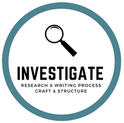
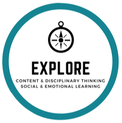

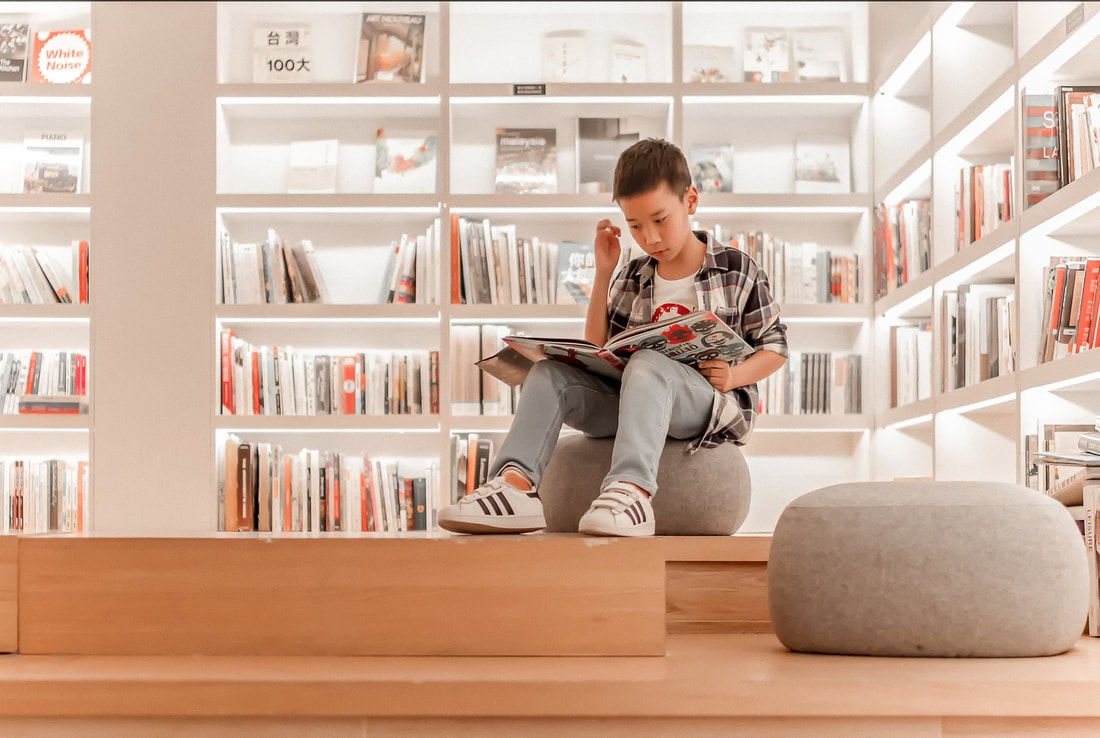
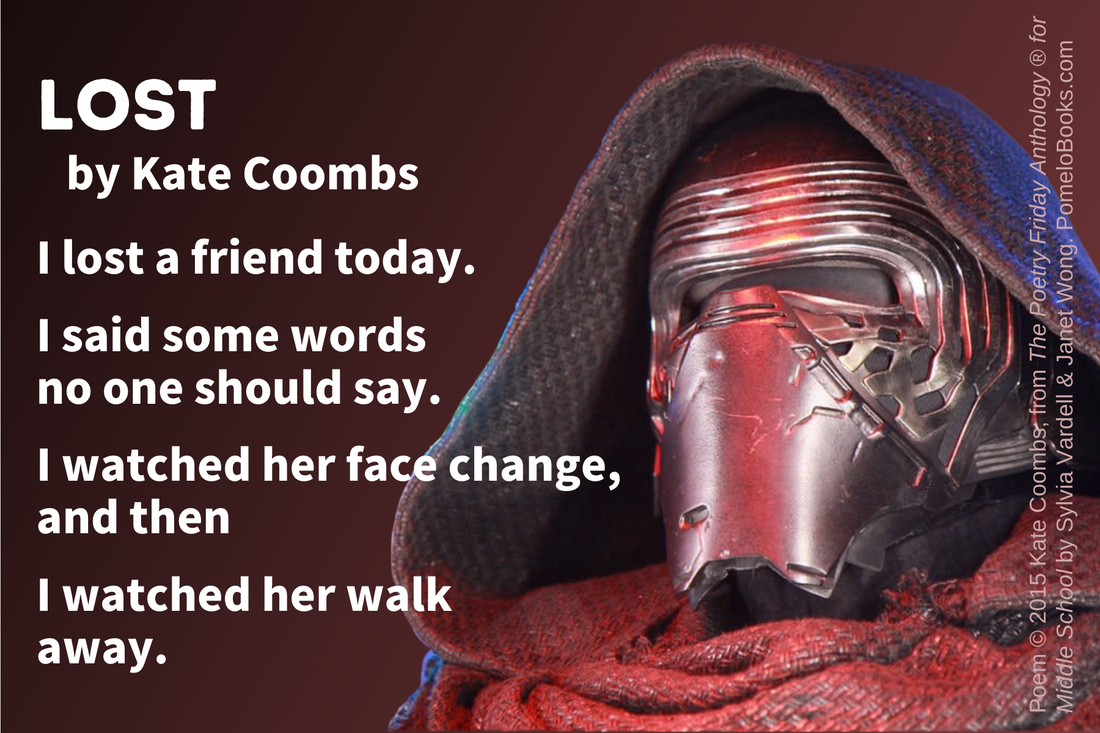
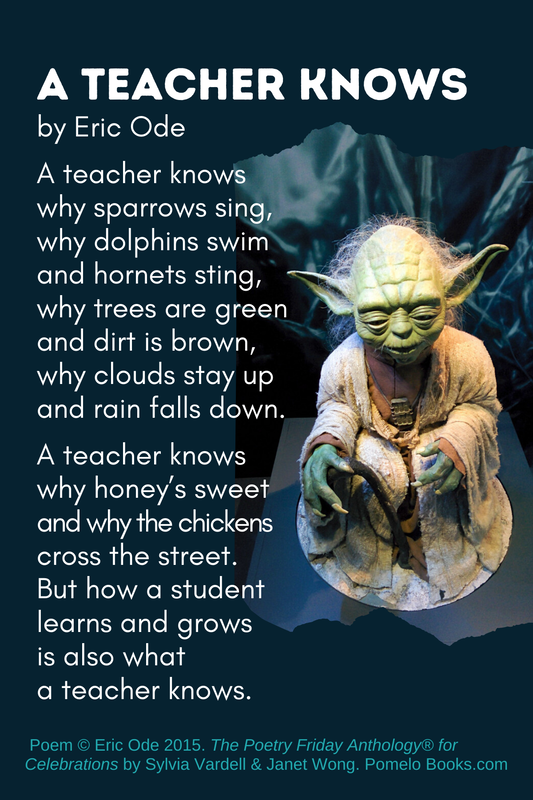
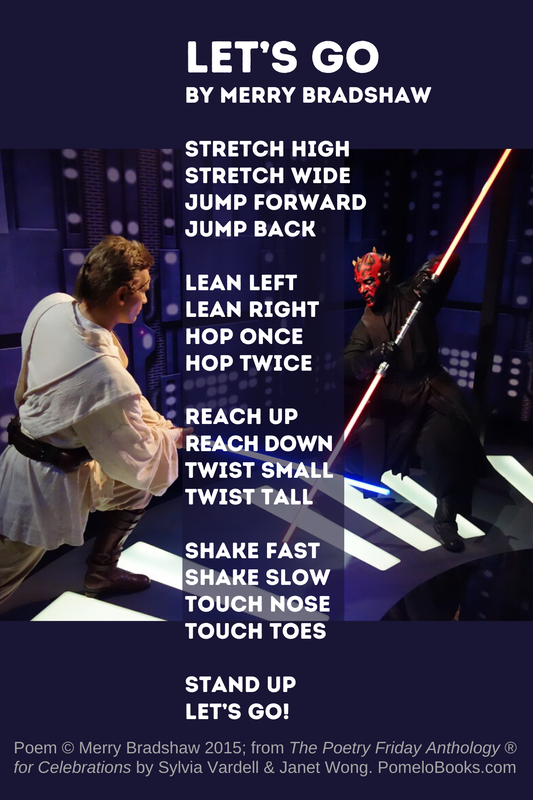



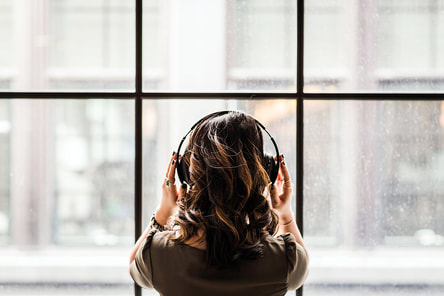

 RSS Feed
RSS Feed